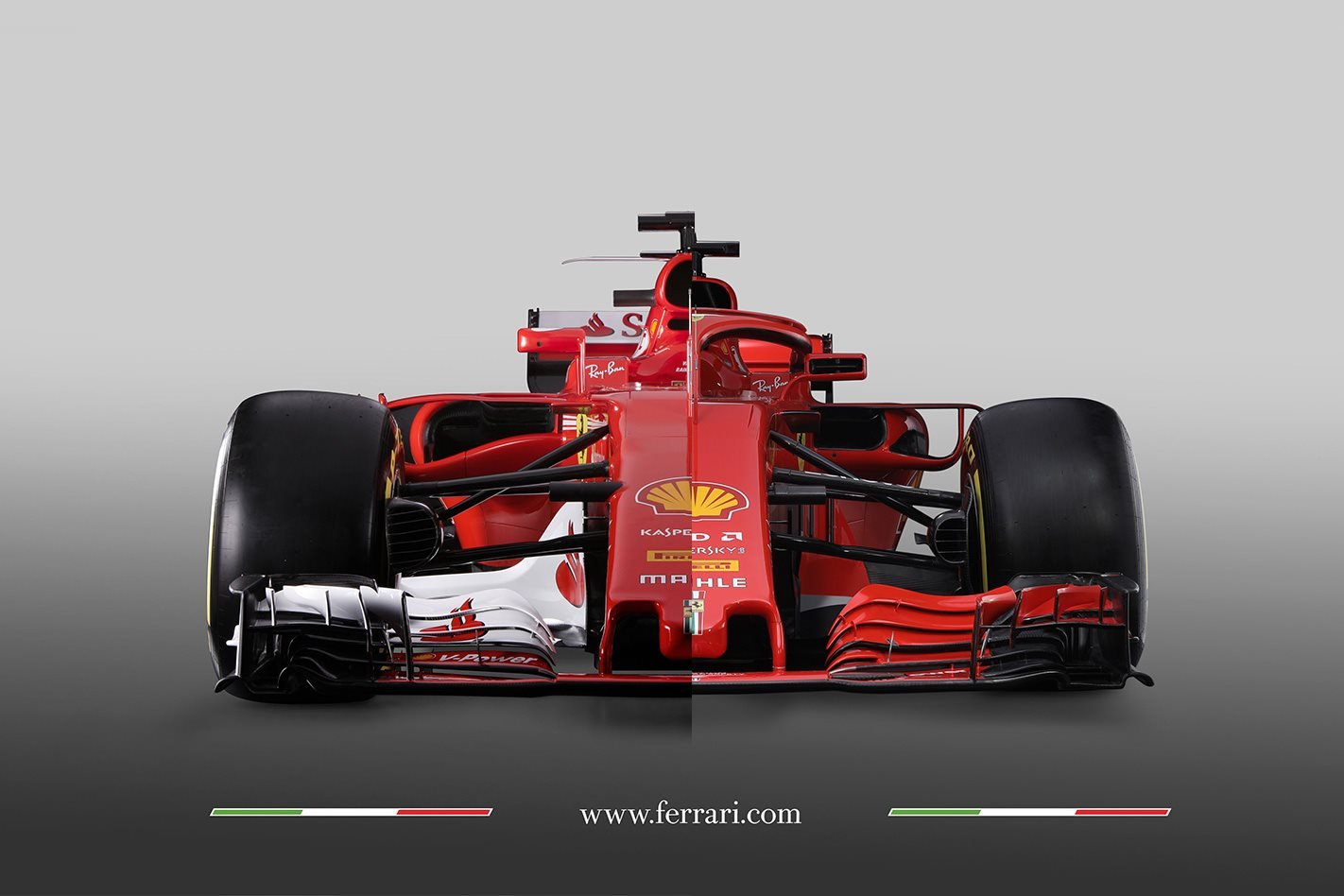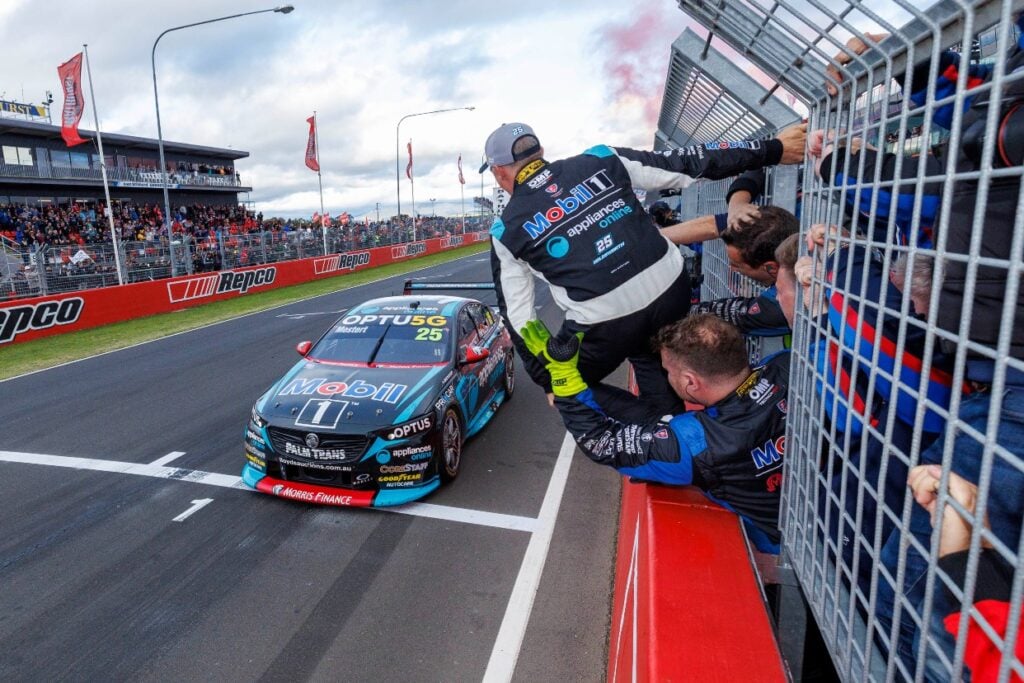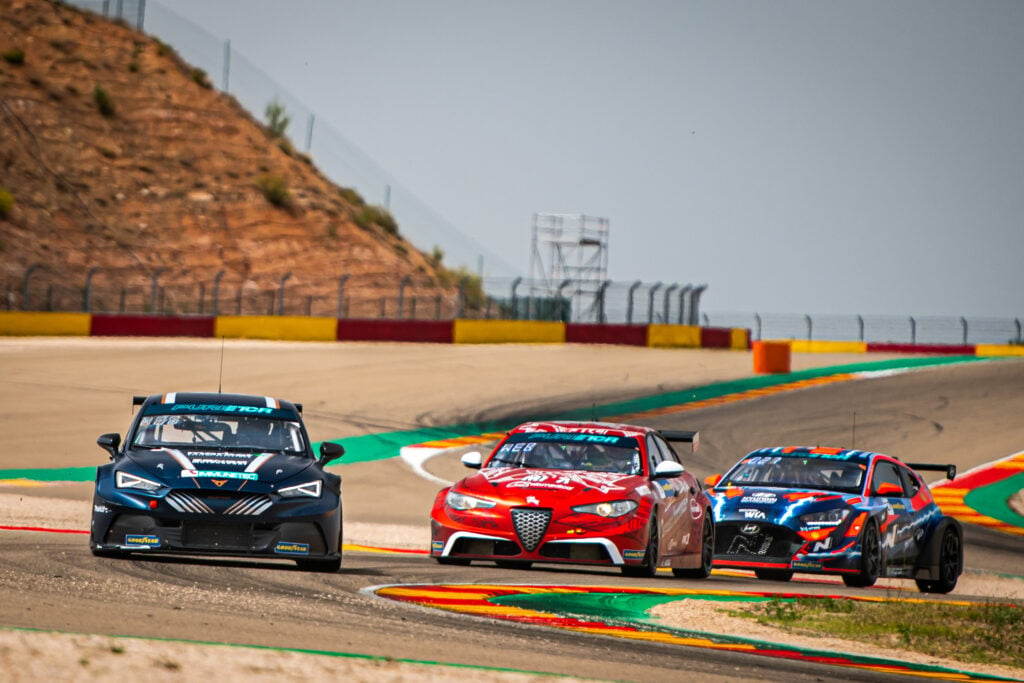THE 2018 F1 regulations remain largely unchanged from 2017, save for the newly mandated halo safety device.
Last year’s championship was the first season of all-new regulations which transformed F1 cars into wider, longer beasts. The end result was every current Grand Prix circuit bar one having its lap record smashed (Monza’s record remains intact thanks to a sodden qualifying session).
Despite the rulebook remaining largely unchanged, it’s still worth looking at the 2017 and 2018 F1 challengers side by side to look at how the teams have developed their current designs to make cars even faster.
To illustrate this, let’s compare Ferrari’s 2017 SF70H and 2018 SF71H F1.
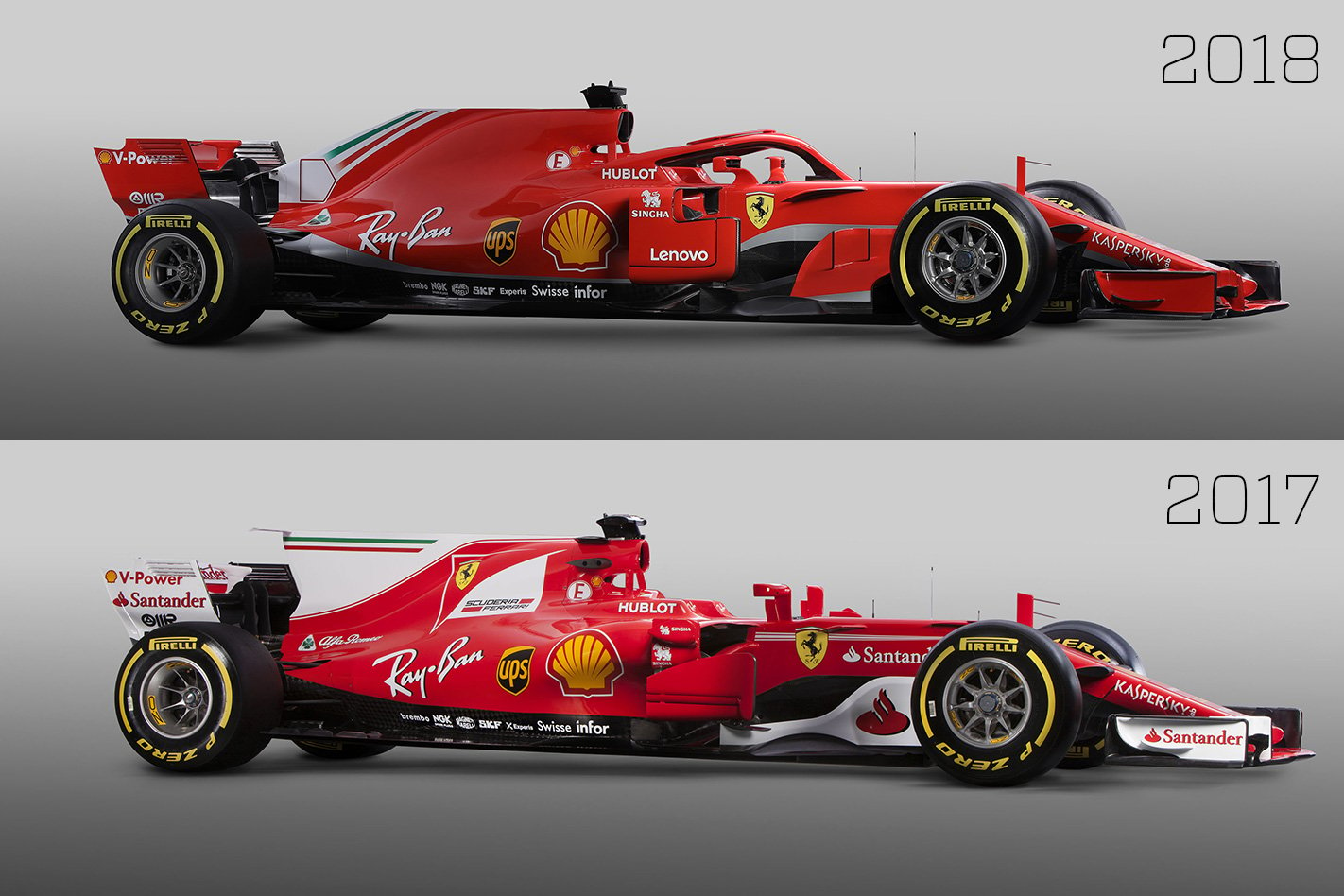
Exhaust-blown monkey-seat devices have been outlawed for 2017, however Ferrari has continued to develop aerodynamics at the far rear of the car, introducing a T-Wing-esque device which sits atop the exhaust, but behind the rear wing mounts.
Maranello’s engineers have worked heavily on the sidepod and forward barge board design, with that section of the car expected to be subject to intense development this year.
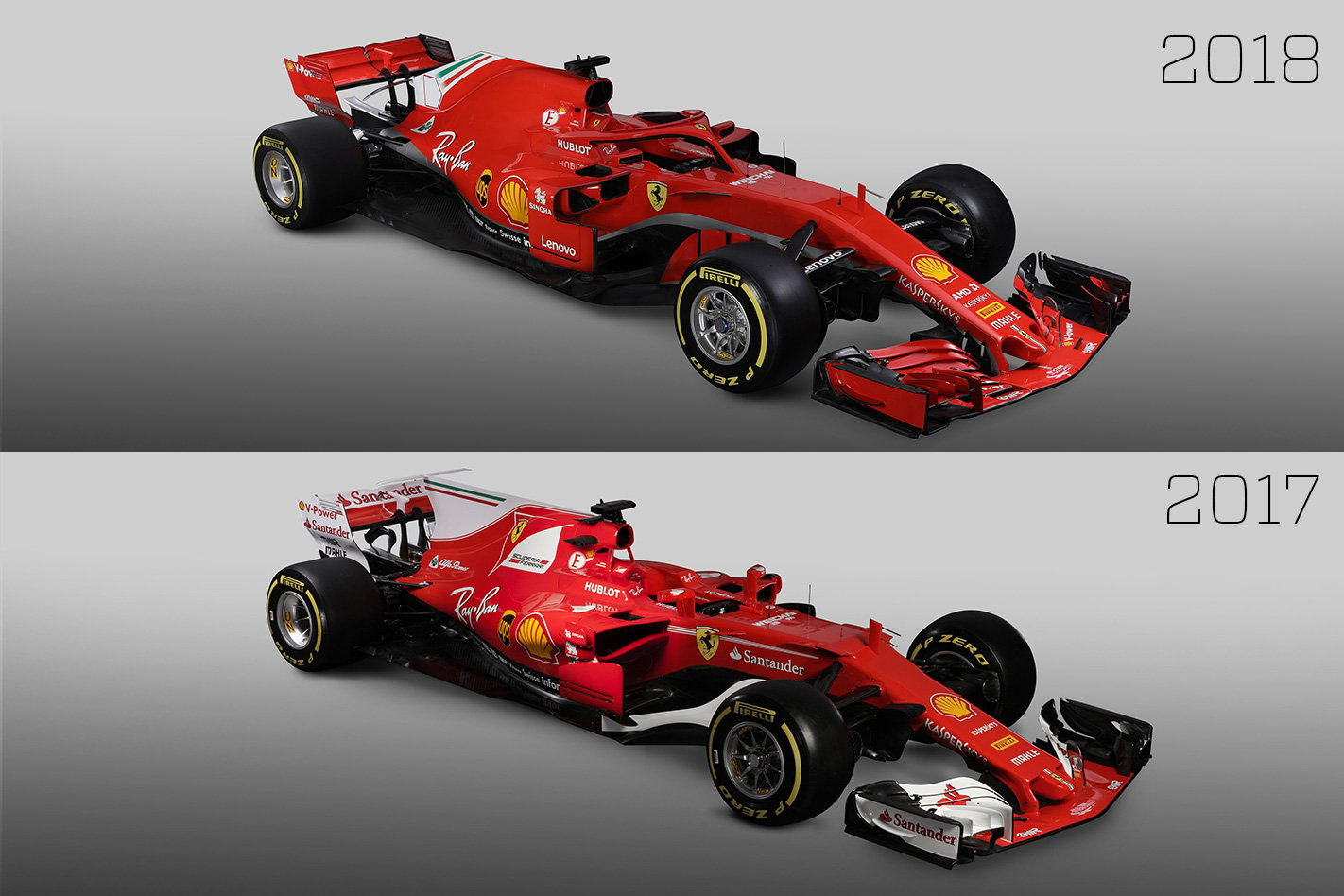
Even the wing mirrors aren’t safe from being transformed into an aerodynamic device in F1, with the SF71H sporting wind-tunnel designed mirror housings.
At the nose of the car, the front wing mount has followed a design similar to what McLaren pioneered with a number of air vents integrated into the mounting.

Pre-season testing begins this week in Spain, and you can be sure each F1 team will be trying to sneak a peek at each other’s creations ahead of the first Grand Prix, in Melbourne on March 25.


